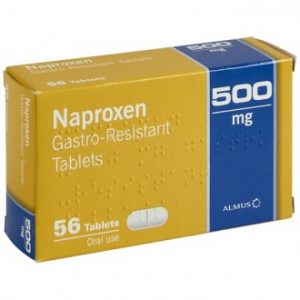PAIN RELIEF
PAIN RELIEF and pain management
PAIN RELIEF is more than just a feeling of discomfort. It can affect the way you feel overall. It may also lead to mental health conditions like depression and anxiety. The amount of pain you experience can tell your doctor a lot about your overall health.
Acute pain happens suddenly, usually in a matter of days or weeks. It tends to resolve within a few weeks. Chronic pain is ongoing. Some guidelines consider pain to be chronic when it lasts beyond three monthsTrusted Source. Others say pain is chronic when it lasts longer than six months.
Pain-relief methods range from at-home treatments and prescriptions to over-the-counter (OTC) medications and invasive procedures like surgery. Pain relief doesn’t usually happen overnight, but it can. Each person’s pain experience is unique to them.
To treat the source of chronic pain, you may need to visit your doctor. Use this easy scale to help you describe your pain so you can get the relief you need.
What types of pain exist?
There are two main types of PAIN RELIEF: nociceptive and neuropathic.
Nociceptive pain is a nervous system response that helps protect your body. It makes you pull your hand back from a hot stove so you don’t get burned. Pain from a sprained ankle forces you to rest and give the injury time to heal.
Neuropathic pain is different, because it has no known benefits. It may be a result of misread signals between your nerves and brain or spinal cord. Or it could be because of nerve damage. Your brain interprets faulty signals from the nerves as pain.
Examples of neuropathic pain type include:
postherpetic neuropathy
diabetic neuropathy
carpal tunnel syndrome
Showing all 7 results
-
PAIN RELIEF
Buy Celebrex 200 mg Online
€90.00 – €320.00 Select options This product has multiple variants. The options may be chosen on the product page -
PAIN RELIEF
Buy Co-dydramol 10/500 mg
€100.00 – €450.00 Select options This product has multiple variants. The options may be chosen on the product page -
PAIN RELIEF
Buy Flurbiprofen 100 mg Online
€90.00 – €360.00 Select options This product has multiple variants. The options may be chosen on the product page -
PAIN RELIEF
Buy Ketamine Online
€120.00 – €1,050.00 Select options This product has multiple variants. The options may be chosen on the product page -
SHOP
Buy Mefenamic Acid Online
€102.00 – €800.00 Select options This product has multiple variants. The options may be chosen on the product page -
SHOP
Buy Naproxen Tablets 250/500mg
€117.00 – €500.00 Select options This product has multiple variants. The options may be chosen on the product page -
PAIN RELIEF
Buy Remedeine Forte 30/500 mg Online
€90.00 – €160.00 Select options This product has multiple variants. The options may be chosen on the product page






